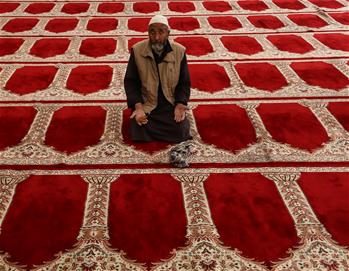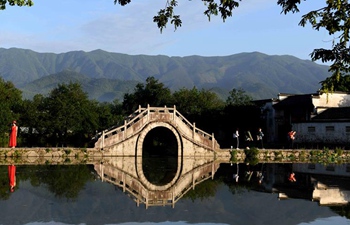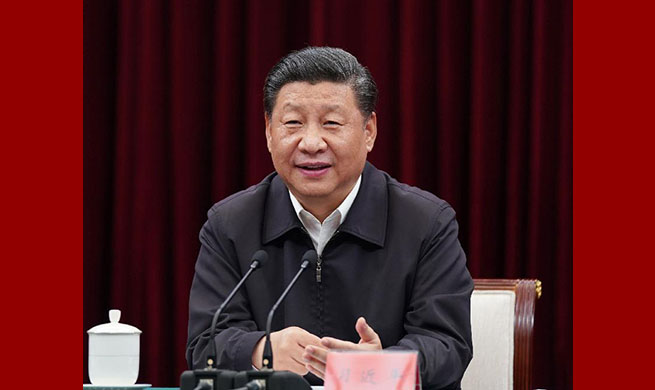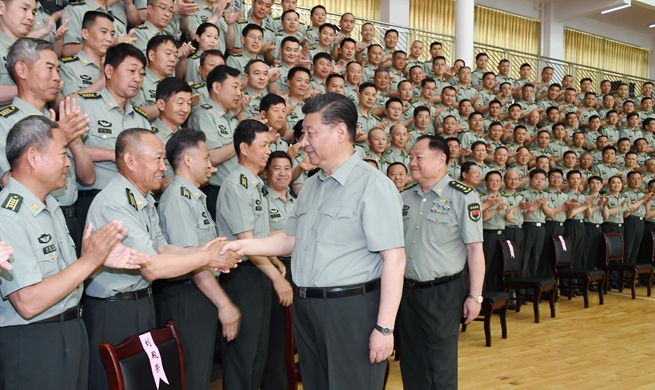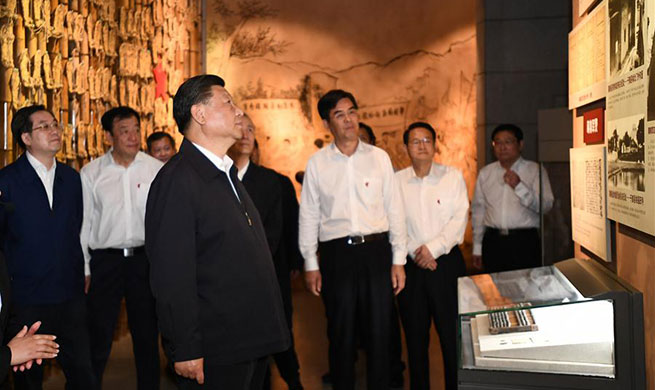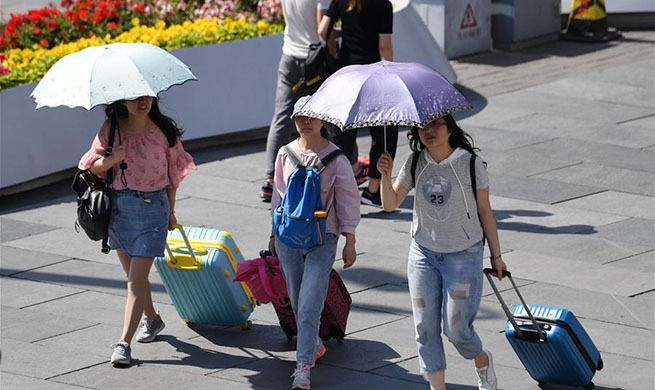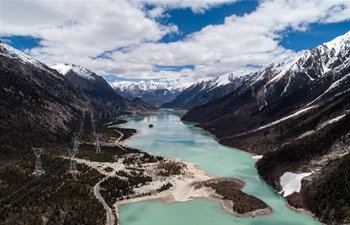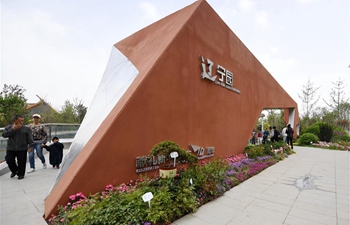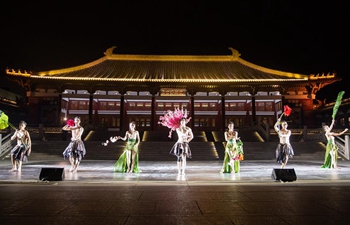HARARE, May 22 (Xinhua) -- Zimbabweans already enduring an average eight hours a day without electricity have been warned that periods of power outages may actually be longer, depending on availability of supplies.
Power utility Zimbabwe Electricity Transmission and Distribution Company said Wednesday that the recently published load shedding schedule was for planning purposes only.
"The published load shedding schedule is a guide for planning purposes and is not fixed. If supplies improve on a given day, the shedding will be shorter than stipulated and if supply deteriorates, then shedding will be longer than advertised," the company said on Twitter.
ZETDC recently announced a biting load shedding schedule after demand continued to outstrip supplies following the curtailment of power generation at its Kariba South Hydro Power Station.
There has also been curtailed generation at the country's thermal power stations because of aged equipment.
According to the schedule, load shedding will normally be implemented during the peak periods of 5 a.m. to 10 a.m. and 5 p.m. to 10 p.m..
Both domestic and industrial users will be affected in what the company said would be Stage 1 of load shedding, while a second stage will be implemented if the power deficit is more than earlier anticipated.
Zimbabwe had enjoyed more than four years without load shedding, but the drought of 2018/19 has pushed the Zambezi River Authority to reduce water allocation to the Zimbabwe Power Company from 19 billion cubic meters to 16 billion cubic meters for 2019, thus reducing power generation.
The rationing is meant to ensure that the plant continues to run until the next rainy season.
Power generation at Hwange Thermal Power Station and the smaller thermal power stations of Harare, Bulawayo and Munyati remain fragile because of old age.
Chinese company Sinohydro is currently refurbishing Hwange Thermal Power Station at a cost of 1.5 billion U.S. dollars to add two generators each producing 300 MW.
The power station currently has an installed capacity of 920MW but cannot generate at optimum level because of the ageing equipment.

